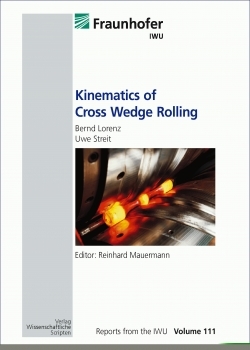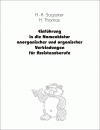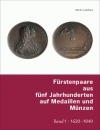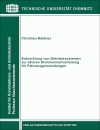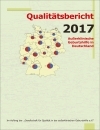|
→ Inhaltsverzeichnis  → Leseprobe → Leseprobe 
Bernd Lorenz
Uwe Streit
Reinhard Mauermann (Hrsg.)
Kinematics of Cross Wedge Welding
Berichte aus dem IWU, Band 111
320 Seiten, m. Abb. und Tab., A5, Hardcover
ISBN: 9783957351067
Verlag Wissenschaftliche Scripten
Cross wedge rolling is rotatory compressive forming of a rotationally symmetric workpiece between driven rolling tools moving in opposite directions. These rolling tools roll off the surface of the workpiece, thus causing local material displacement along the workpiece axis of rotation. This rolling process offers advantages due to its high productivity. Partial tool contact reduces the tool load, which ensures long tool life of the forming tools. Furthermore, this process is attractive as it can easily be automated and it exhibits a low environmental impact regarding vibrations and the use of lubricants. Basic applications of the process comprise the production of intermediate shapes for subsequent forming of parts of the long shape and the production of basic shapes for further processing by machining. In cross wedge rolling the forming mechanism is characterized as a complex procedure. In this context one cause lies in the occurring spatial material flow arising due to the axial displacement of the forming shoulder (wedge-shaped die) with simultaneous rotation of the workpiece.
The objective of this investigation is the modeling of the kinematics between workpiece and tool in cross wedge rolling. This investigation shall consider the unsteady area of deformation, i.e. the penetration of the rolling wedges into the workpiece up to the desired diameter reduction as well as the subsequent quasi-stationary area, i.e. the axial material displacement. Using this modeling, the arising present contact surfaces shall be identified and their dimensions shall be calculated.
| 